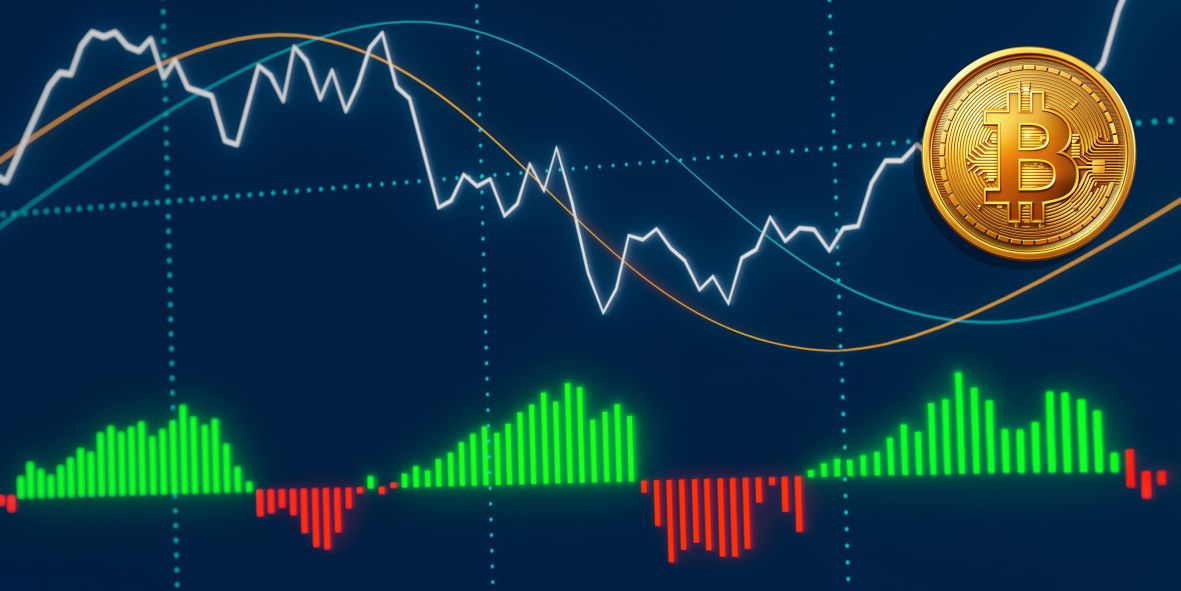key notes
- Manufacturing, services, and labor reports could drive crypto price swings.
- Traders brace for heightened Bitcoin (BTC) volatility amid evolving Fed rate expectations.
- Experts caution that soft economic data could boost BTC’s safe-haven appeal.
U.S. economic data could spark BTC price swings
Bitcoin traded at around $94.8K at the time of reporting, up 0.91% over the past 24 hours, according to CoinMarketCap. However, upcoming U.S. economic indicators this week could trigger sharp moves in BTC and altcoins.
JOLTS Job Openings
U.S. job openings fell by 194,000 to 7.57 million in February 2025, missing expectations. As a result, slower hiring signals cooling demand, which could raise recession fears and increase BTC volatility as investors reassess risk exposure.
ISM Manufacturing PMI
The ISM Manufacturing PMI fell to 49 in March 2025, signaling factory contraction. Slower orders and rising prices, therefore, increase recession concerns, potentially boosting BTC’s safe-haven appeal. However, persistent inflation could delay rate cuts and add crypto market volatility.
ISM Services PMI
The ISM Services PMI dropped to 50.8 in March 2025, signaling the slowest growth since June. Weaker new orders and falling employment raise slowdown fears. Nevertheless, tariff-driven cost pressures may add near-term volatility to BTC trading.
Q1 GDP Estimate
The U.S. economy is expected to grow just 0.4% in Q1 2025, signaling sharp slowdown risks. Consequently, weak GDP could strengthen expectations for Federal Reserve rate cuts, typically benefiting BTC and altcoins by boosting demand for alternative assets.
Core PCE Inflation
The Core Personal Consumption Expenditures (PCE) Index tracks inflation trends. Cooling inflation could raise hopes for lower interest rates, typically boosting BTC. As hedge fund manager Ophir Gottlieb noted, “March PCE inflation should read 2.1%… it could be time to cut, to be honest, politics aside.”
Non-farm Payrolls (NFP)
The U.S. economy added 228,000 jobs in March 2025, beating forecasts and marking the strongest gain in three months. Strong job growth often lifts risk appetite. However, it may delay rate cuts, adding near-term pressure on BTCand broader crypto markets.
Unemployment Rate
The U.S. unemployment rate rose to 4.2% in March, the highest since November 2024. While employment grew, rising joblessness could raise recession fears. For BTC traders, higher unemployment may fuel safe-haven demand. Meanwhile, mixed labor signals could trigger short-term volatility.
Interest Rates
The Federal Reserve raised inflation forecasts, citing tariff-driven pressures. With upside inflation risks and softer growth expectations, delays in rate cuts could pressure BTC. However, eventual easing remains supportive for crypto markets.
What to Watch Out For?
The Fed’s push toward a 2% inflation target has grown more complicated due to rising tariffs, adding uncertainty to rate-cut timelines. For BTC, persistent inflation could delay gains, while signs of economic weakness may revive its safe-haven appeal. Therefore, traders should stay nimble and prepared for sudden volatility, while signs of economic weakness may revive its safe-haven appeal.



